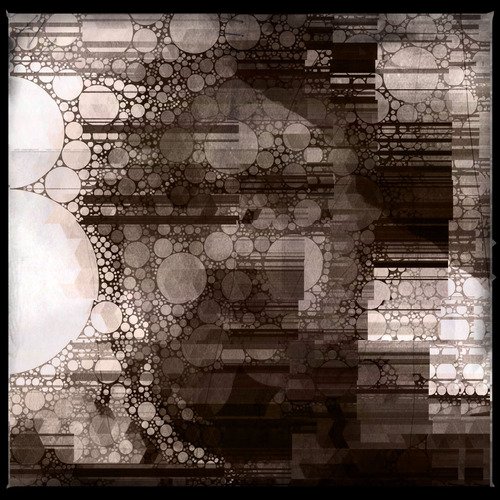As I write this, much of Japan is still experiencing unseasonably warm temperatures. Just the other day, in fact, Tokyo reached 27.5°C (81.5°F), shattering a record set in 1923 for the hottest temperature recorded on that date. Despite the lingering warmth, signs of the true season quietly assert themselves. Among these is the pampas grass, which has begun its inevitable drying and withering.
It was around this time of year, over 250 years ago, that Chiyo-ni penned the following haiku:
tomokaku mo kaze ni makasete kare-obana
leave it to the wind...
withered pampas grass
—Chiyo-ni


Chiyo-ni's verse here embodies a sense of yielding to the natural course of events, symbolized by the wind's influence on the withered pampas grass. The pampas grass, which was once vibrant and full of life, is now dried and at the mercy of the winter wind. The phrase "leave it to the wind" means exactly this, implying a surrender to natural forces or to fate. She is talking of the cycle of life, the acceptance of change, and perhaps a subtle nod to the inevitability of aging and mortality.
In the context of Japanese culture and particularly within the aesthetic of haiku, there is often an embrace of transience, a concept known as "mujo" or "impermanence." This haiku reflects that aesthetic, recognizing the fleeting nature of life and beauty. Moreover, there is a stoic beauty in the acceptance that all things will eventually pass and change.
Chiyo-ni was a rare female haiku poet at a time when men dominated the field. Even more rare, she was very successful and well thought of even at the time, drawing comparisons to the great Bashō. In the above she might also be showing a certain depth of understanding and acceptance of her place in the social and natural world.
Withered pampas grass is, incidentally, a kigo (season word) for winter, which we are now into according to the traditional Japanese almanac. The term in Japanese, kareobana, is comprised of five morae, making it a particularly convenient kigo for completing either the first or the last line of a haiku that follows the traditional 5/7/5 pattern.
❦
 |
David LaSpina is an American photographer and translator lost in Japan, trying to capture the beauty of this country one photo at a time and searching for the perfect haiku. He blogs here and at laspina.org. |
That is, me! If you like this translation, feel free to use it. Just credit me. Also link here if you can. ↩
Awesome! Nice to hear from a lady for once! I remember asking you if they were out there. That is pretty hot! I remember doing some fall camping one year and it got hotter than any day we had in the summer.
I think the culprit this year is more el niño than climate change. There was also a nearby undersea volcano that evidently warmed things up by shifting sea patterns somehow. Whatever the reason, it's pretty strange to have such a warm day at this time of year. Kind of nice, but also strange.
Yikes, those crazy volcanoes! I can't even imagine!
very nice haiku. Life is an unexpected adventure...
Glad you enjoyed it!
Although I have been a lover of haiku, I don't know much about Japanese culture. The little I know seems to me as beautiful, as incredibly serene, as that acceptance of the passage of time. Everything has its rhythm, its cycle, everything returns to its course, to go against that, is to make resistance and all resistance is bad and useless. Now, when I have to say that everything must be left to fate, I will say: "Leave it in the hands of the wind". Greetings
Modern Japanese culture is a bit different, but they do still retain a lot of the traditional feeling. Anyway, it's a good metaphor. Glad you enjoyed the poem 😃
Let be, as both Hamlet and John Lennon seem to agree. What a beautiful offering (both the haiku and the insight into this wonderful culture) :)